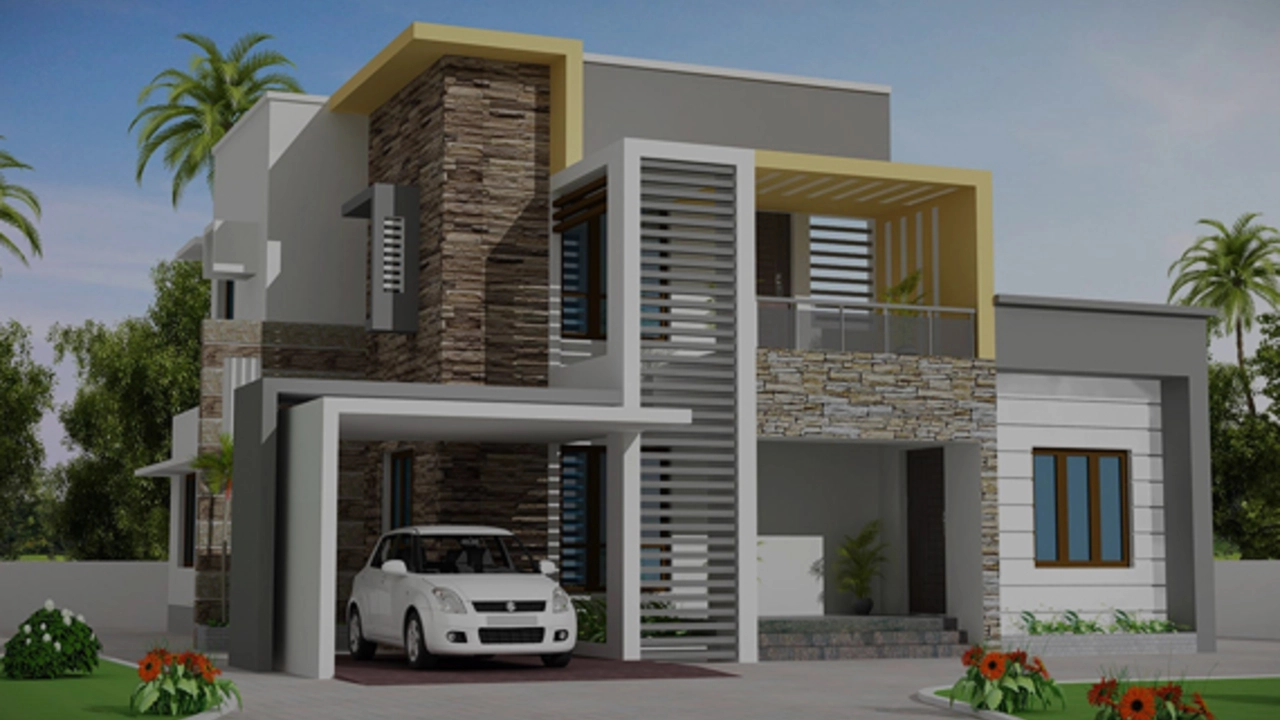Living Conditions in India: A Quick Guide
Wondering what everyday life looks like in India? From bustling cities to quiet villages, the way people live changes a lot by region, income and culture. This guide breaks down the main parts of housing, health, safety and daily costs so you can get a clear feel for what to expect.
Housing and Affordability
In major metros like Delhi, Mumbai or Bengaluru, apartments can be pricey—rent for a two‑bedroom in a good area often tops ₹30,000 a month. But the same size in smaller towns or tier‑2 cities may be half that or less. Many families still live in traditional homes with courtyards, especially in the south and east. In dense urban spots, informal settlements or “slums” exist side by side with high‑rise towers, showing a big gap between income groups.
If you’re buying, the market is split between newer gated communities and older houses that need renovation. Home loans are widely available, though interest rates can be high, so budgeting carefully matters. Sharing a flat with roommates is a common way to keep costs low, particularly for students and young professionals.
Health, Sanitation and Everyday Life
Public health services vary a lot. Big cities have private hospitals with world‑class facilities, while rural areas rely more on government clinics that may lack staff or equipment. Buying health insurance is a smart move if you plan to stay long‑term; it covers most private care and many specialist visits.
Safe drinking water is generally available in cities, but you’ll still see people using water filters or boiling water at home. Sanitation has improved a lot thanks to nationwide campaigns, yet open defecation remains an issue in some remote villages. Simple habits—like using bottled or filtered water and washing hands regularly—keep most people healthy.
Food is a highlight. Street food offers cheap, tasty meals, but make sure it’s cooked fresh and served hot to avoid stomach upset. Grocery prices are reasonable, especially for local produce; imported items cost more. Electricity supply is mostly reliable in cities, though occasional outages happen in summer months.
Safety levels differ by location. Tourist spots and affluent neighborhoods tend to have a visible police presence, while some areas can be less secure after dark. Carrying a phone, avoiding isolated alleys and using reputable transport services keep most incidents at bay.
Education and jobs shape living standards a lot. Literacy rates are high in urban zones, and there are many private schools and colleges offering English‑medium instruction. Job opportunities concentrate in tech, services and manufacturing hubs, pulling people from smaller towns into the cities.
Bottom line: living in India can be comfortable and exciting if you know the local quirks. Plan your budget, choose the right city or town for your lifestyle, stay on top of health basics and enjoy the cultural richness around you.
